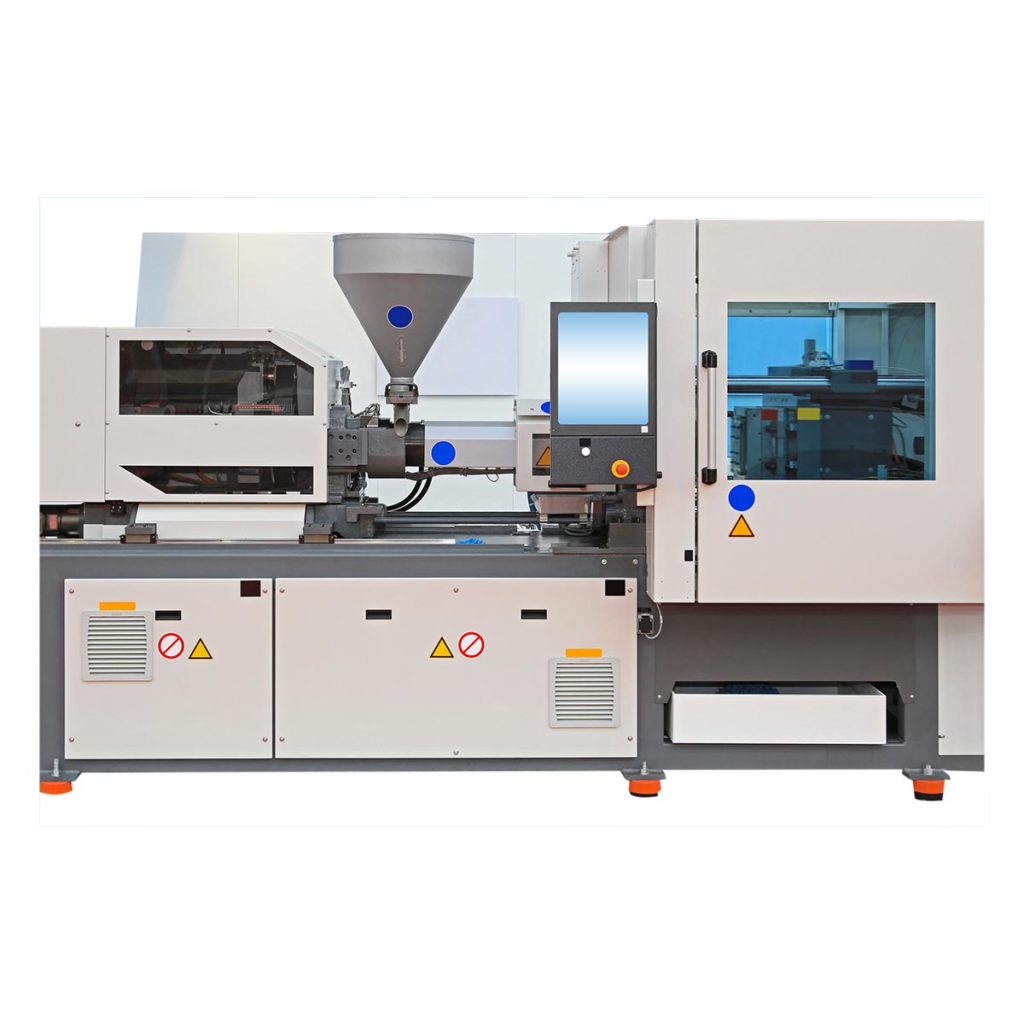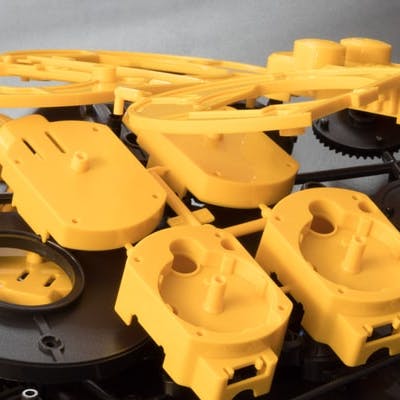Checking out the Future of Plastic Injection Molding in the Manufacturing Market
Checking out the Future of Plastic Injection Molding in the Manufacturing Market
Blog Article
Comprehending the Fundamentals of Plastic Injection Molding Processes
Plastic injection molding serves as a foundation of contemporary manufacturing, offering a methodical method to creating intricate elements with accuracy. Discovering these essential aspects might reveal exactly how even small adjustments can lead to considerable enhancements in manufacturing outcomes, elevating concerns concerning the capacity for innovation in this well established procedure.
What Is Plastic Shot Molding?
Plastic injection molding is a widely utilized production procedure that changes thermosetting and thermoplastic products into precise and complex forms. This technique is favored for its capability to produce high volumes of the same get rid of phenomenal accuracy, making it an indispensable method in various markets, including vehicle, durable goods, and medical tools.
The procedure includes melting the chosen plastic product and injecting it right into a mold and mildew under high pressure. The mold and mildew, developed to the specifications of the desired component, enables the liquified plastic to form as it cools and strengthens. Once the material has actually solidified, the mold is opened up, and the ended up element is expelled.
Plastic shot molding provides several benefits, including minimized waste, uniformity in production, and the capacity to incorporate intricate designs that might be testing with various other producing methods. Additionally, it sustains a broad series of materials, each supplying special buildings that can be customized for specific applications. As industries remain to innovate, plastic injection molding remains at the center, enabling the development of innovative items that meet progressing consumer demands.
The Injection Molding Process
The injection molding procedure is a sophisticated method that entails numerous vital stages to create premium plastic components. Originally, plastic pellets are fed into a heated barrel where they are melted right into a viscous fluid. This molten plastic is then infused under high stress right into a precision-engineered mold and mildew, which shapes the material into the desired form.
When the mold and mildew is filled, the plastic is enabled to cool down and strengthen, taking the form of the mold and mildew cavity. Air conditioning time is critical, as it affects the cycle time and the last residential properties of the shaped component. After enough air conditioning, the mold opens up, and the finished component is ejected utilizing ejector pins.

Materials Made Use Of in Injection Molding
Different materials can be used in the shot molding procedure, each offering one-of-a-kind properties that cater to particular applications. The most commonly used products include thermoplastics, thermosetting plastics, and elastomers.

Thermosetting plastics, like epoxy and phenolic materials, undertake a chemical modification throughout the curing procedure, resulting in a rigid, stringent structure. These products are ideal for applications calling for high warmth resistance and structural integrity, typically made use of in automobile parts and electric insulators.
Elastomers, including silicone and rubber-based materials, provide adaptability and durability. Their unique homes make them appropriate for applications that demand flexibility, such as seals and Read Full Article gaskets.
Furthermore, specialized materials like bio-based plastics and composites are obtaining traction for their ecological advantages and enhanced performance qualities, broadening the range of shot molding applications in different markets. Understanding the residential or commercial properties of these products is important for choosing the ideal kind for specific jobs.
Benefits of Shot Molding
Injection molding attracts attention as a highly effective production procedure that provides many advantages for creating complicated parts with precision. Among one of the most substantial advantages is the capacity to produce elaborate styles that would certainly be challenging or impossible to accomplish with various other approaches (Plastic Injection Molding). The process allows for comprehensive attributes and tight resistances, ensuring top notch parts
Additionally, shot molding is understood for its fast production capabilities, making it a perfect option for high-volume manufacturing. When the mold is developed, parts can be generated promptly, decreasing lead times and boosting overall efficiency. This efficiency not just decreases manufacturing expenses yet additionally supplies an affordable edge out there.
The flexibility of materials utilized in injection molding even more enhances its charm. A wide variety of thermoplastics and thermosetting polymers can be used, allowing producers to select materials that finest fulfill their certain requirements, consisting of strength, warm, and versatility resistance.
Additionally, useful link the process lessens waste, as excess product can typically be reused and recycled. This sustainability aspect adds to a lowered environmental effect, making injection molding a liable production option. Overall, the advantages of injection molding make it a recommended approach for numerous industries.
Elements Impacting Item Quality
While numerous aspects can influence item top quality in injection molding, comprehending these aspects is essential for achieving optimal outcomes. Key facets consist of material option, refining criteria, and mold style.
Material selection plays an important function, as different polymers display unique properties that affect flowability, stamina, and thermal security. Insufficient product selection can lead to defects such as warping or incomplete dental filling.
Processing criteria, including temperature level, cycle, and pressure time, must be meticulously managed. Variants in these setups can cause inconsistencies partly dimensions and surface area coating. For example, excessively high temperatures might create deterioration of the polymer, while insufficient pressure can result in brief shots.
Mold and mildew design is just as crucial, as it identifies the flow of the molten plastic and the cooling process. Inadequately created mold and mildews may lead to unequal air conditioning prices, leading to residual stress and anxieties and dimensional inaccuracies.

Conclusion
In conclusion, plastic injection molding offers as a crucial production procedure that makes it possible for the efficient manufacturing of top quality elements. Mastery of the shot molding process, consisting of the understanding of materials and the influence of different variables on item top quality, is essential for attaining optimal outcomes. The benefits of this approach, such as cost-effectiveness and style versatility, further emphasize its relevance across multiple markets, solidifying its standing as a recommended choice for high-volume manufacturing.
Plastic injection molding serves as a foundation of modern production, offering a systematic approach to producing complicated elements with accuracy.Plastic injection molding provides a number of advantages, including decreased waste, consistency in manufacturing, and the capacity to incorporate intricate styles that may be testing with other making techniques (Plastic Injection Molding). As markets continue to innovate, plastic shot molding stays at the center, making it possible for the development of advanced items that meet developing consumer needs
The injection molding process is their explanation an innovative strategy that involves several key phases to create premium plastic parts.In conclusion, plastic injection molding offers as an essential production process that makes it possible for the effective production of premium parts.
Report this page